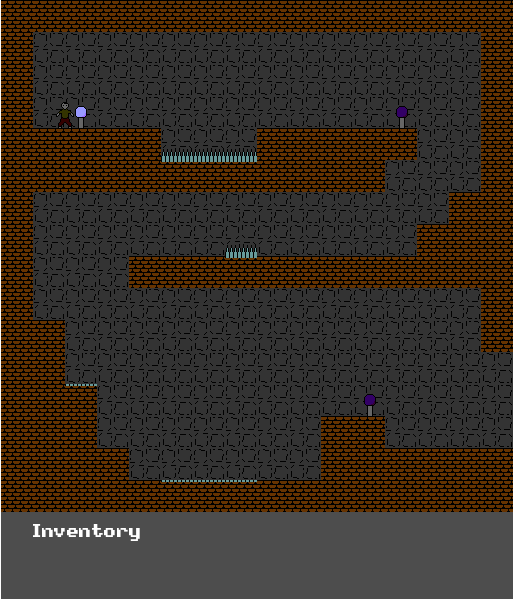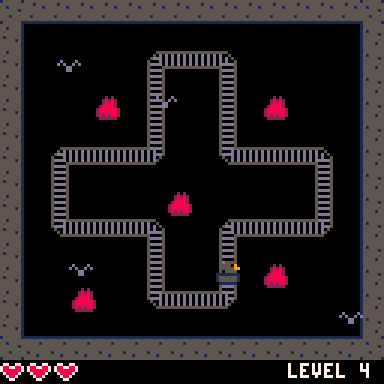Musings on metapuzzles, ThinkyCon edition
I gave a talk at ThinkyCon last week about metapuzzles, mostly summing up stuff from the blog but going a little more into the puzzlehunt side since that's something that that audience is less likely to be familiar with. Thanks to the Thinky Games crew, they've already split out the video from the talks, so you can see it on its own:
I also uploaded a PDF of the slides: https://aspeon.neocities.org/stuff/ThinkyCon-2025.pdf
Continue reading...
